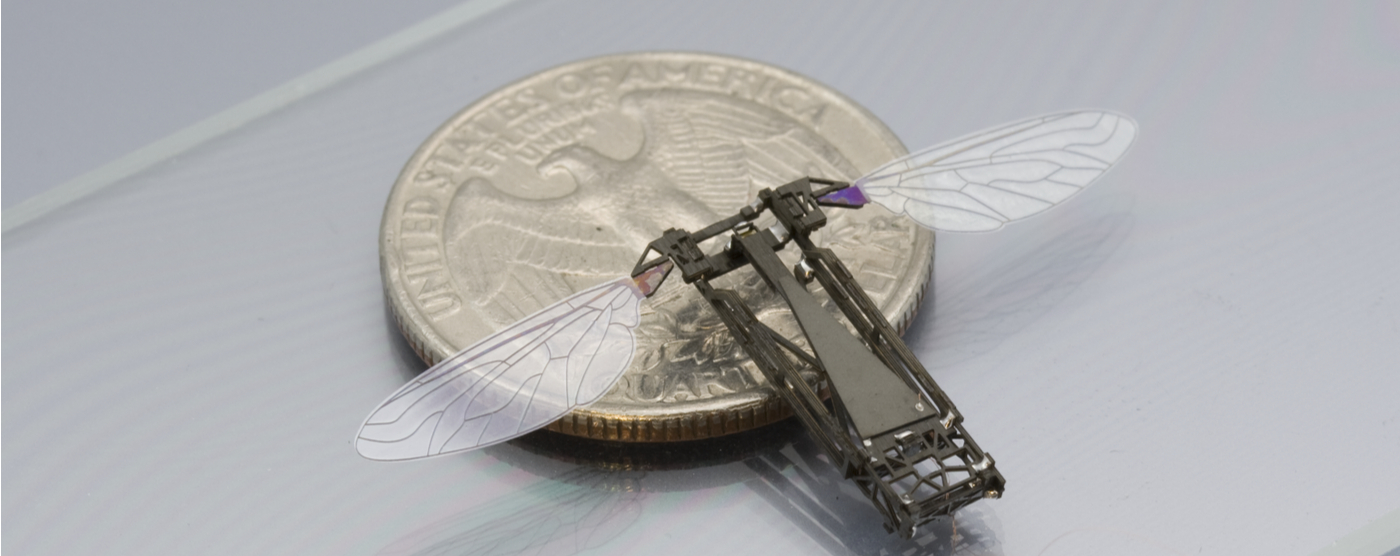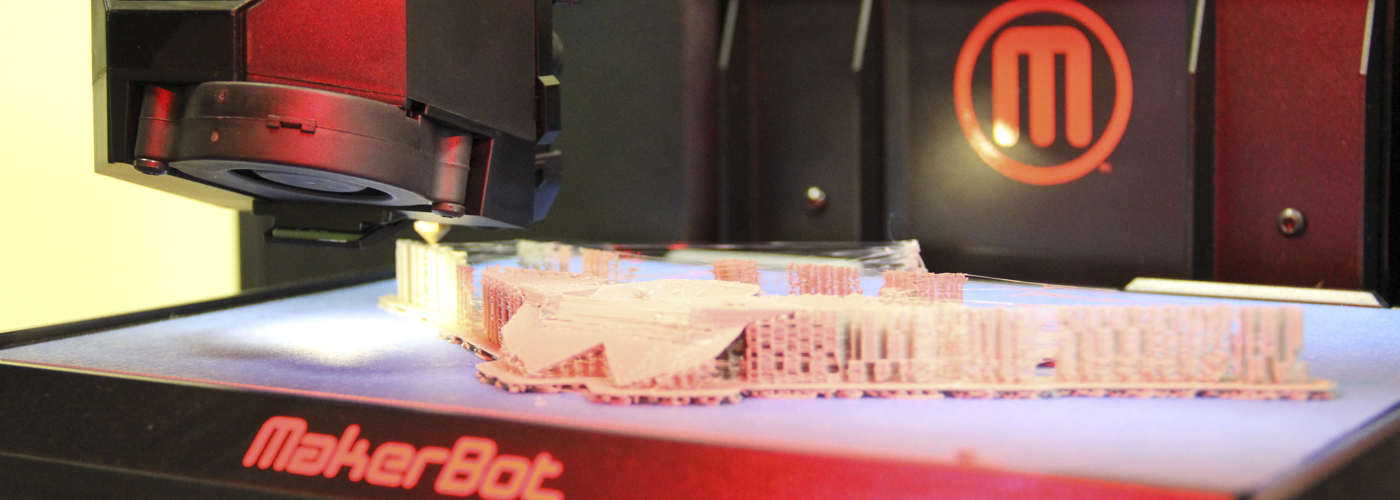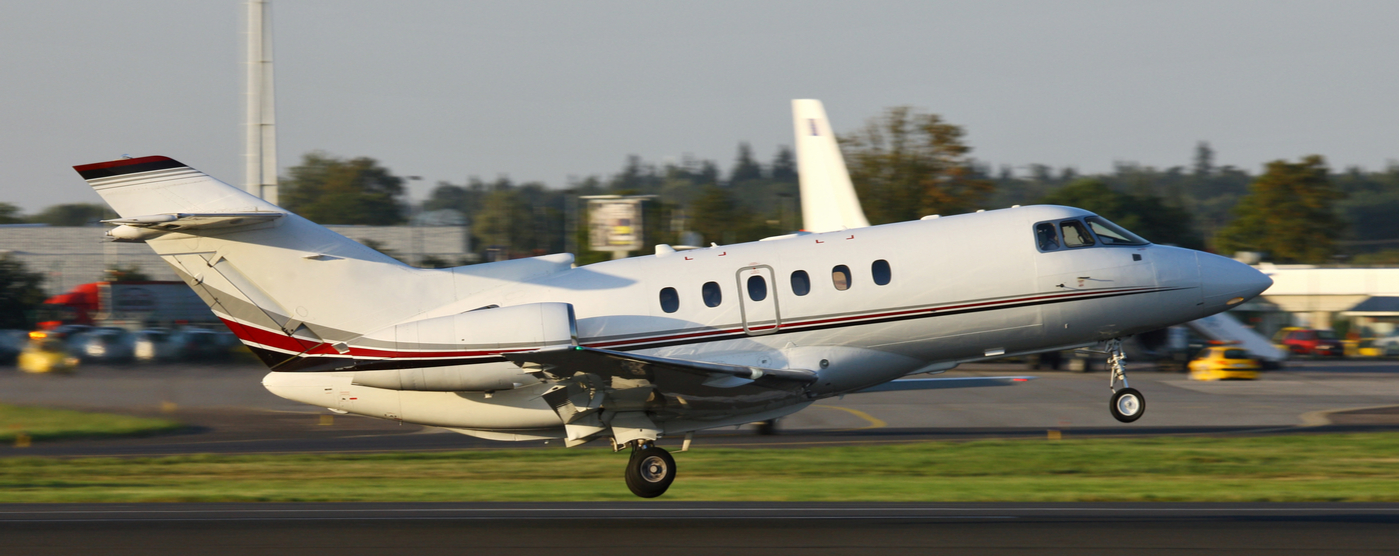What’s All the Buzz About? RoboBee Takes First Solo Untethered Flight

RoboBee is all the buzz this year. This insect-inspired microrobot drone which is half the size of a paperclip “flew” its way into the history books in August 2019 as the lightest vehicle to take a sustained, untethered solo flight. With the help of a second pair of wings and other modifications, Harvard researchers nicknamed the bot RoboBee “X-Wing,” after the four-winged starfighters from “Star Wars,” cutting its power cord for the first time as it achieved this groundbreaking flight.
Vaughn College is spotlighting this exciting advancement in robotics and electrical engineering to show how groups of tiny robots like RoboBee may someday be invaluable in search and rescue missions, surveillance, environmental monitoring and even crop pollination; similar to how experts see the larger purpose of drones in the future. (Read about Vaughn’s robotics team, former winners of the VEX Worlds Robotics Competition and how the team continues to up its game each year at the competition.)
Busy as a bee
With decades of research under its belt, a research robotics team at Harvard’s Wyss Institute is credited with revolutionary breakthroughs in manufacturing, materials and design to make this untethered flight happen. They developed a flapping wing system made of a composite material and constructed it through a process called laser machining. For nearly a decade, RoboBee remained tethered. Adding another set of wings to RoboBee and less visible changes to the actuators and transmission ratio gave the microrobot enough lift for researchers to attach solar cells to an electronics panel located under the bee.
Inspired by nature
For centuries, animal flight has fascinated and inspired scientists to develop machines that can fly with the use of flapping wings. Nature and bees were the motivation behind RoboBee to simulate the way bees fly―working both independently and collectively and even pollenating flowers. The vision was to develop autonomous micro aerial vehicles capable of self-contained, self-directed flight, and to achieve coordinated behavior in large groups―just like natural bees. As mentioned before, these lightweight, tiny robots measure about half the size of a paper clip and weigh less than one-tenth of a gram. So, how did they do it?
Simulating a real bee, researchers designed the RoboBee into three main components, consisting of the Body, Brain and Colony. This is how each component was developed:
- Body—Fly on its own aided by a compact and integrated power source
- Brain—“Smart” sensors and control electronics mimic the eyes and antennae of a bee and can sense and respond to the environment
- Colony—Coordinate the behavior of several independent robots to work together as an effective unit
Outdoor flight out of reach―for now
The latest advancements may have the RoboBee X-Wing flying solo in the lab, but more work is needed to make outdoor flight possible. The reason lies with the amount of solar power needed to fuel the solar cells which will enable the microrobots to fly outside. Currently, the RoboBee X-Wing requires the power of approximately three Earth suns to fly. Wow! That’s a lot of energy. With the help of halogen lights, researchers can simulate this enormous level of sunlight in the lab to keep the RoboBees in a state of sustained untethered flight.
Are you interested in robotics and mechatronic engineering? Discover all that’s possible with an engineering and technology degree from Vaughn College.
Photo credit: Wyss Institute at Harvard University

